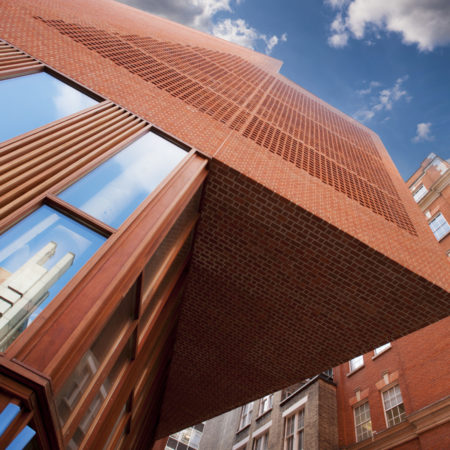Education Construction – How To Be Confident About Sustainability Outcomes
The output specification for new school buildings sets objectives around carbon reduction, cutting resource use and minimising waste. The complexity comes when these goals have to be quantified and validated against real world performance.
Just to recap, the output specification calls for, ‘A sustainable approach to the design, construction and production of all new facilities’. A new school building must be one that:
- Optimises passive design measures, including fabric first principles
- Minimises the use of all resources
- Reduces the demand for energy and water use during the Works Period
- Minimises waste and CO2 emissions during the Works Period
- Allows opportunities for recycling during the Works Period.
These goals are reinforced by the recently-released Net Zero Playbook. Standards and goals are one thing – but whatever is promised during the tendering stage has to be delivered. The critical question is then; How? What’s the mechanism that will deliver confidence that better sustainability outcomes will be achieved?
Passive Design in Practice
Passive design principles rely on confidence that there will be no gap between modelled and real world energy performance. This calls for controlled air circulation and well engineered envelopes with minimal air leaks or thermal bridging losses. There must also be a continuous insulating layer.
Adopting modern methods of construction and a fabric-first approach is the best (and possibly only) way to ensure that the passive design principles will work in practice. Engineering the performance into the building fabric will deliver a school with a healthy internal environment and exceptionally low energy consumption.
The output specification also talks about minimising CO2 emissions during the works period. If we’re pursuing net zero carbon, material selection matters even more than activities on site such as vehicle movements, plant and equipment.
Reducing carbon is always better than offsetting. And material selection is the best way to make a significant impact on levels of embodied carbon. This means making design decisions that prioritise structural timber – which has negative levels of embodied carbon – over steel and concrete.
Premanufactured construction also makes waste management easier. Ultimately it should be possible to ship nothing to the site that isn’t part of the finished structure.
Guaranteeing sustainability outcomes for new school buildings is intrinsically linked to modern methods of construction, with high levels of premanufactured content and structural timber. Old methods leave too much to chance.
To find out more take a look at our resource centre, browse our case studies or contact Richard King ([email protected]).

